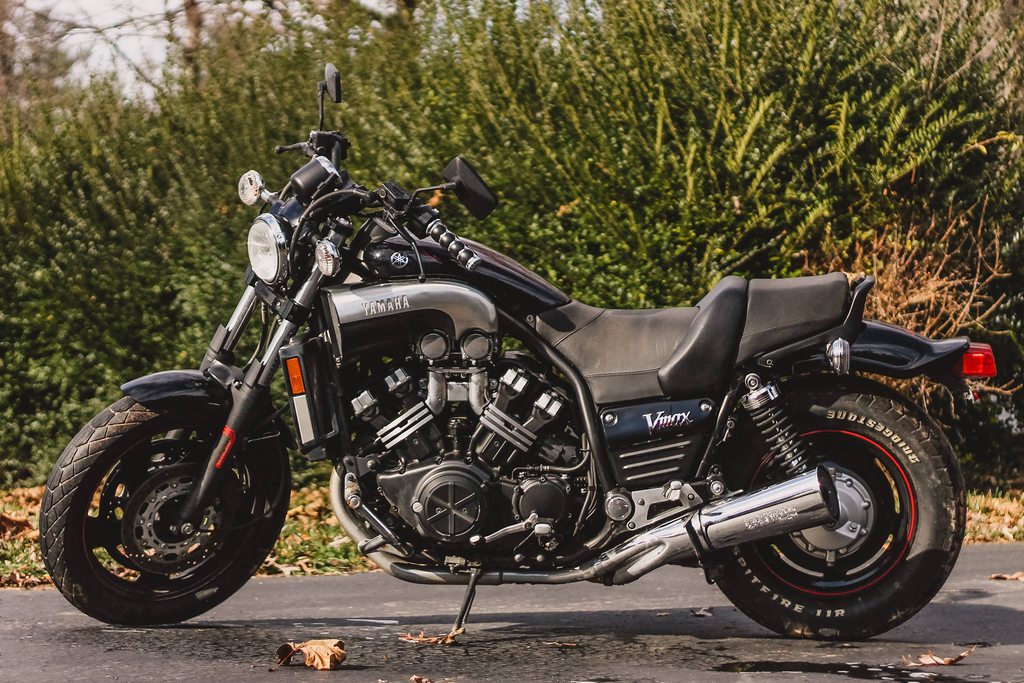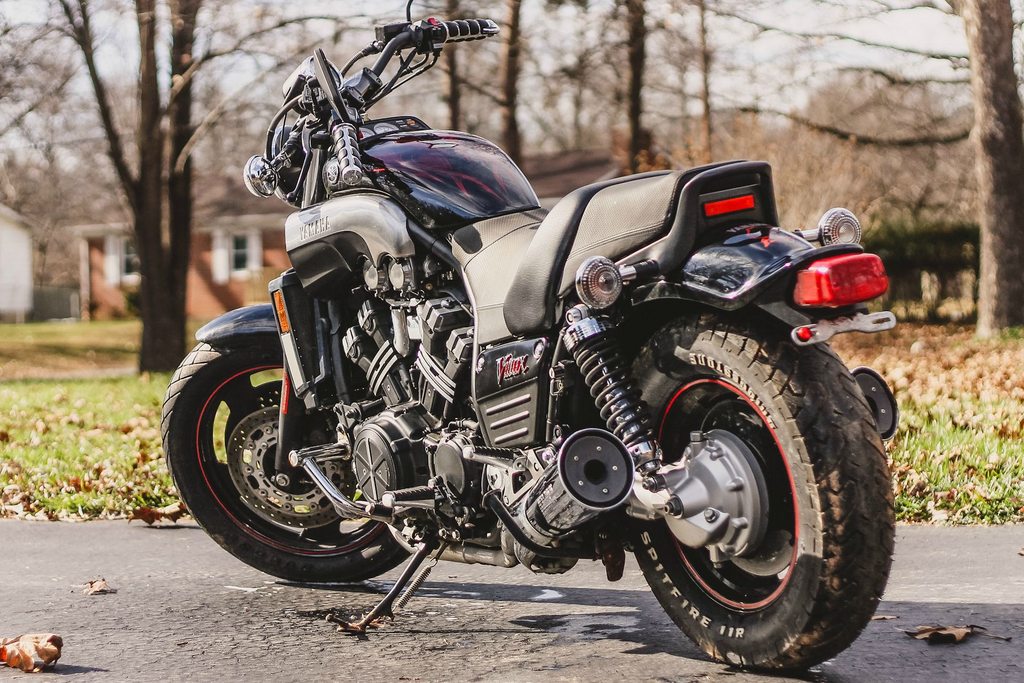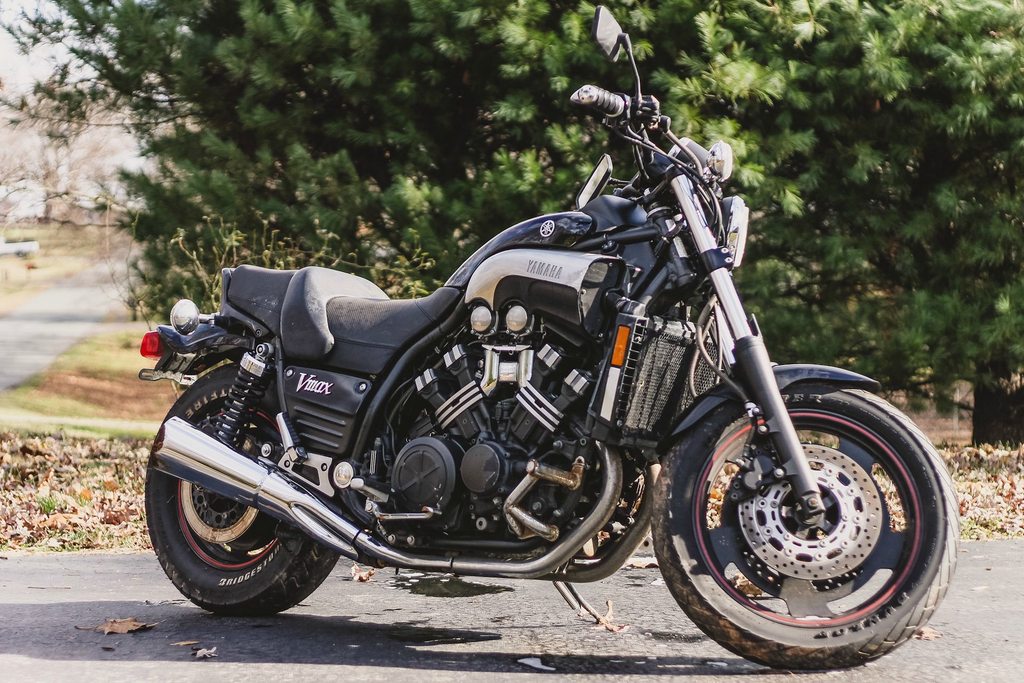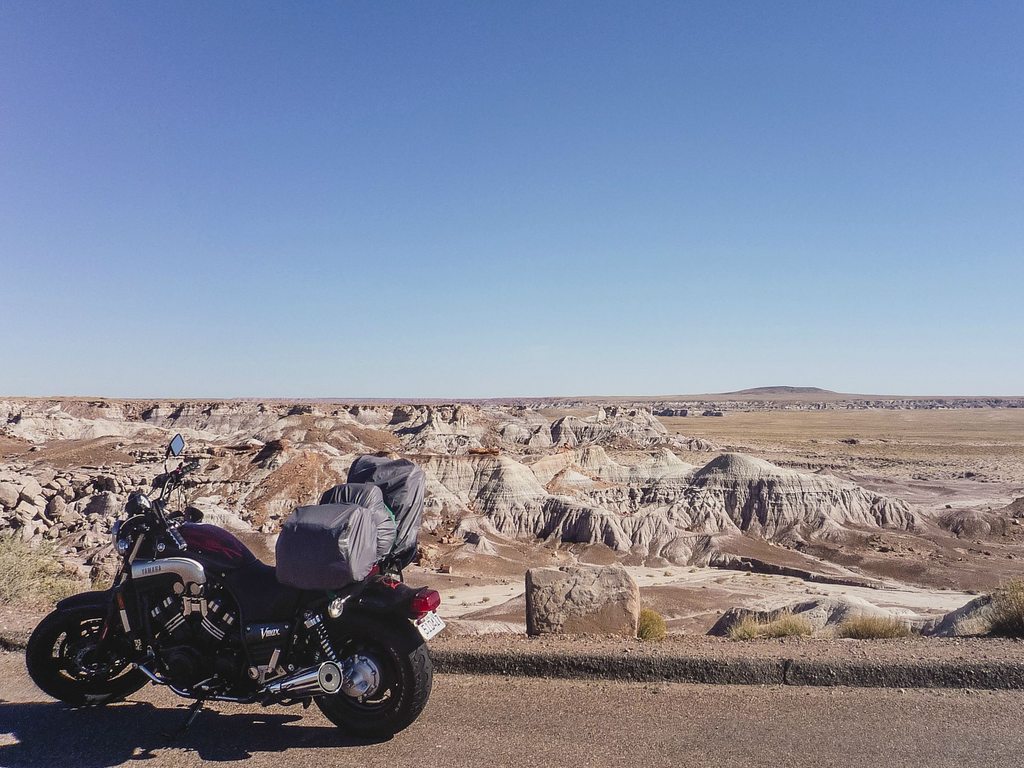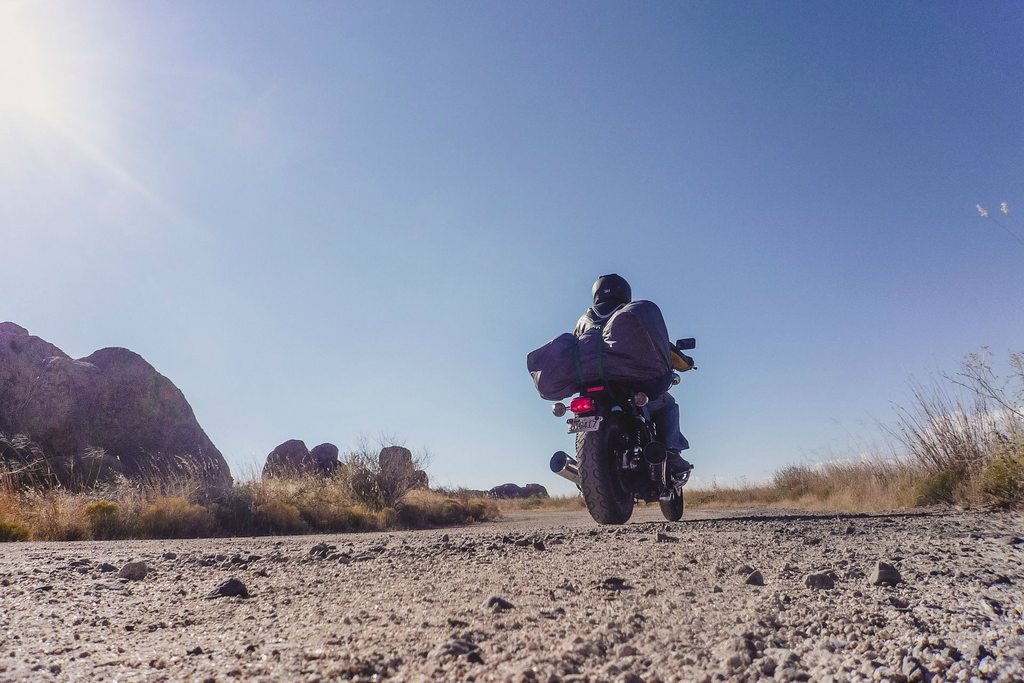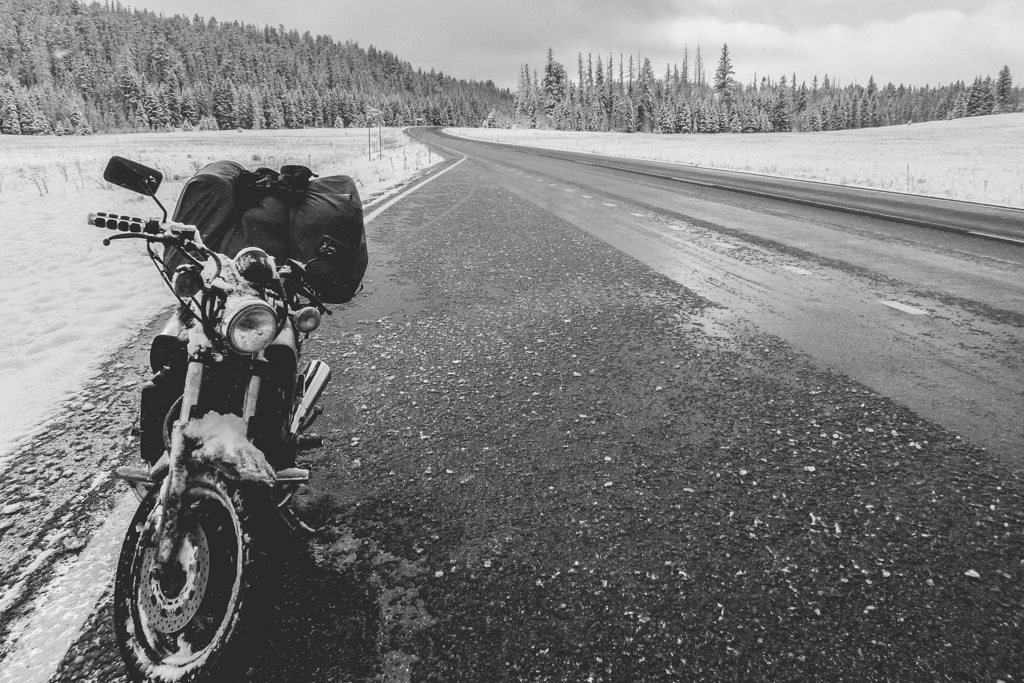If you left gas in the carbs, they probably are solid varnish on the bottom of the float bowls. The gas tank probably has the same stuff, but more of it. Sure, you could try just draining whatever is left in the tank & refilling it, say, a half-gallon, and try to flush the system w/fresh gas, but that's kind of like a fat woman stepping on the scale after the first time and hoping for a lot-lower number.
Realistically, anything w/fluids probably will need to be disassembled, cleaned, and returned to service. That means removing the carbs, removing the float bowls, and at least inspecting things exposed. For the brakes, draining the masters is a bare-minimum. Same for the clutch master. You can try refilling the masters & using a Mity-Vac for the f & r brakes, the slave for the clutch will respond most-easily to a reverse-flush w/a large syringe connected to the slave cyl bleeder w/a short length of clear plastic hose & a hose clamp holding the hose on the slave bleeder. If you're lucky, just pulling or pushing fluid thru the systems until it is clear in the master cyl's may work to restore hydraulic function. If that doesn't work, and you can't build any pressure after flushing the lines & systems clean, you probably need rebuild kits for the masters, and possibly the clutch slave.
If the calipers f or r are frozen, you can probably get-by w/disassembly, cleaning the caliper body & the pistons. Lube them w/fresh brake fluid on the piston sides & the square o-ring. You should be able to finger-push the pistons into the caliper w/everything clean. A Dremel w/a brass brush is a good tool for removing deposits in the caliper body, a green Scotchbrite is good for the pistons. Stubborn deposits should vanish w/220 wet-or-dry.
If you decide to tear-into the carbs, read the stickies in that section, take some pics & notes as you disassemble things. Most people here will tell you to use O.E.M. gaskets & parts instead of aftermarket for the carbs.
Once you get things running, you could change the fork oil & the differential oil. Neither one requires extreme disassembly.
Don't forget to sand the battery terminal wires' connectors to the + & -- and it wouldn't hurt to remove the ground to the engine and to do the same there. A strong battery, good connections, and a clean fuel delivery system should have you going.
Whatever you do, resist the urge to 'drop the hammer' on the bike if you get it going. Let it get up to operating temp several times and cool-down, giving the engine a period to get-used to an operational cycle. Also, if you hit VBoost, and you lose the brakes, well, you can imagine what could happen. Check for leaks during the bike running, and after.
Make-sure the radiator is full, remove the cap under the right scoop, fill it, and leave the cap off until you get it running. Once the water is circulating when the thermostat has opened, throw the cap on and make sure the overflow tank is about halfway-filled.
If it was stored where mice and rats eat wiring, I hope they didn't yours! :damn angry:
I would remove the plugs & spray some WD-40 or CRC lube into the heads before I tried to turn it over. You don't need much. Old-time mechanics would use Marvel Mystery oil. Don't look down the spark plug holes while turning the engine over, unless you need a 'good-lube' yourself! If you turn-over the engine w/the plugs out, be-sure the end electrodes are grounded to a metal surface to keep things 'safe' for the CDI box. You can wrap some baling wire around the plugs' threads and to a good ground, just don't touch the baling wire while cranking the bike.




